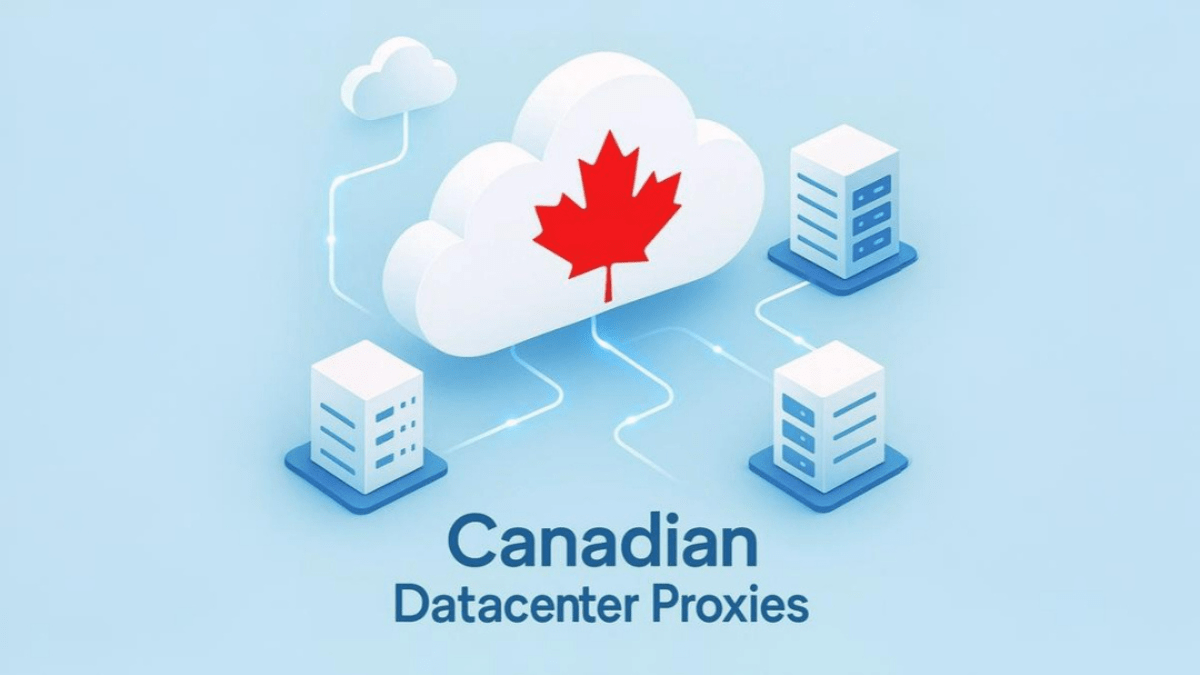Young businesses are often dazzled by the sheer diversity of the business software market. There are programs to help you optimize and automate nearly every process under the sun, and for the uninitiated, this can almost seem too good to be true. Unfortunately, such software packages cannot simply plug into your business, operating silently in the background to make you money. Each is complex, linking up with your other core systems in increasingly bewildering ways. Here’s how you can avoid confusion, investing in only the technology your business truly needs.
Central Packages
Your business only truly needs a handful of business software solutions to run. And these are often offered together in a suite of solutions. The main players in the software market – Apple, Google, and Microsoft – all offer such centralized solutions, including email, document editing, conference calling, and cloud computing. You need to decide early on which you’ll partner with – and which of their services you’ll engage with alongside your team.
Bolt-Ons
The next slew of software comes in the form of simple bolt-ons. These do what they say on the tin: you just download the app or software solution, and it plugs into the software you’re currently operating. This liberates you from worrying about how to interact with the software over the long term. Be careful to check the claims made by plug-in-and-play software, though. You need their APIs to actually work with your business. To check, you could always ask for a demo before purchasing the software.
Specialized Solutions
Next up are the industry-specific software solutions that’ll really have you salivating. There are software packages for all kinds of different businesses, and some of them seem as if they’ve been tailor-made just for you and your firm. Often, these can be incredibly useful programs. But again, you need to make sure they add value to your tech stack. You can check this by running a demo and working with the software vendor to integrate it perfectly with your existing systems.
IT Assistance
Now that you’re operating with three layers of business software, things start to get a little confused. How do they all interact, and what can you do to make their interoperability that bit more efficient? Often, you’ll not have the answers. But firms that provide managed IT services in Charlotte certainly do. They’re able to guide your IT strategy when it gets to this stage to make sure you’re operating effectively and efficiently, avoiding snarl-ups and data loss into the future.
Upgrades
Finally, you should always be willing to be promiscuous when technology is concerned. The pace of change in the technological industries is truly rapid, which means that your current software may be overtaken by other, more competitive products in the next few months. Always check, therefore, whether there’s a better software deal elsewhere – or whether a simple update to your current systems will be enough to boost your productivity.
This guide should help small businesses make wise decisions about the technology they choose to engage with as they plan their growth.










